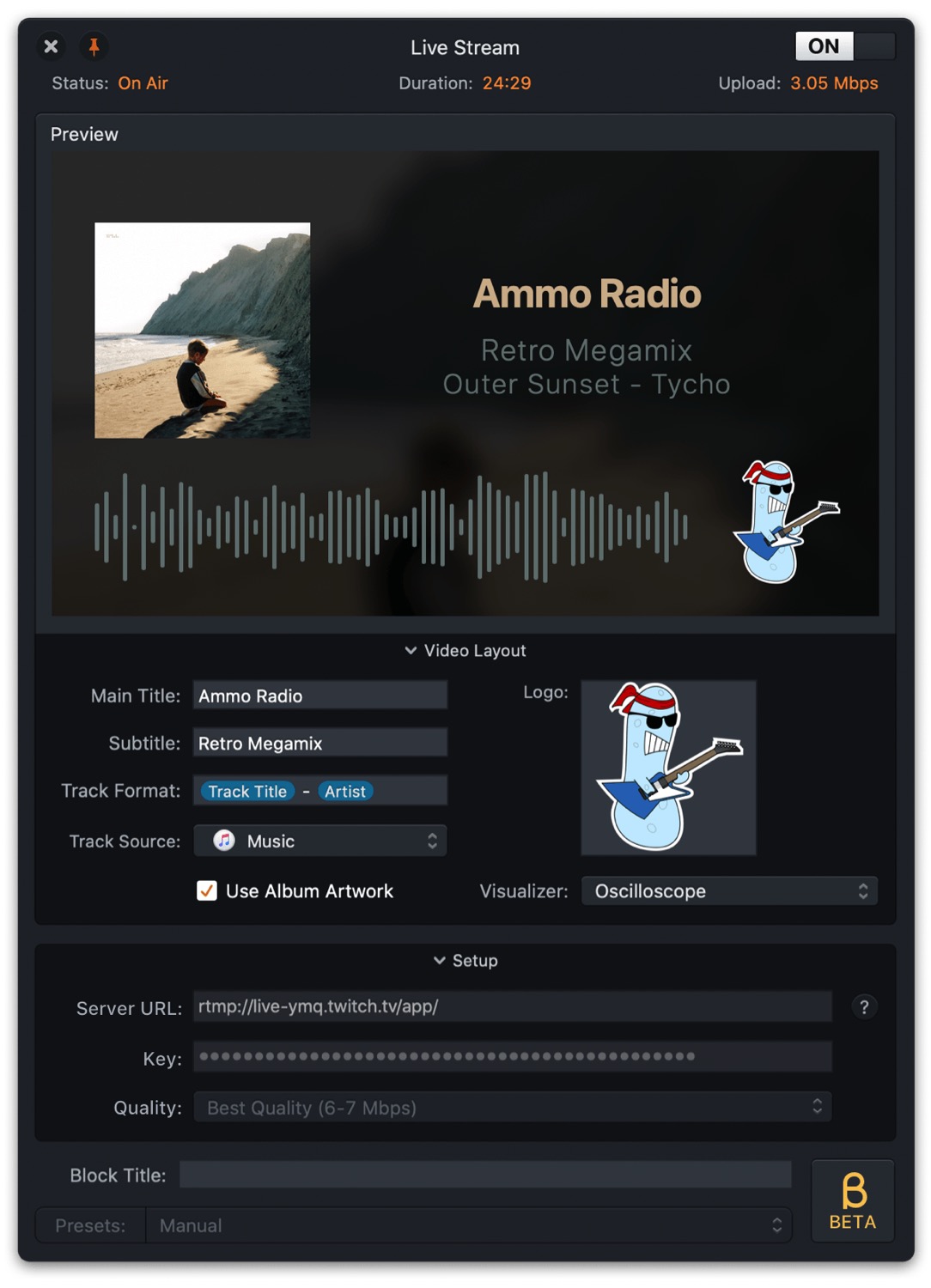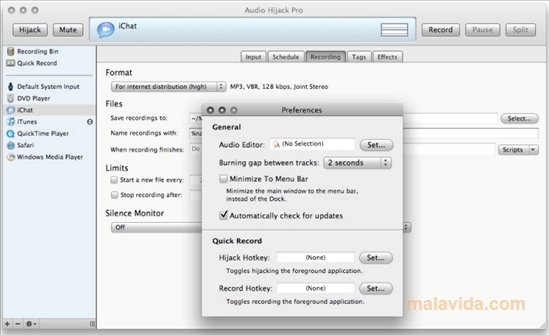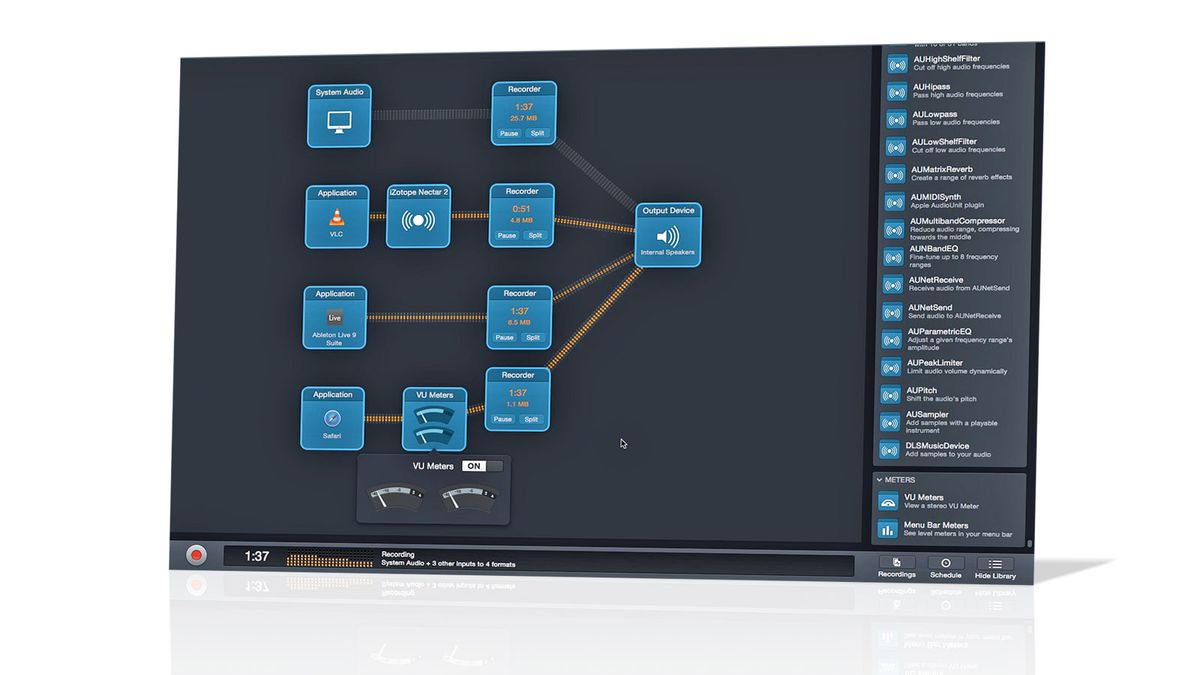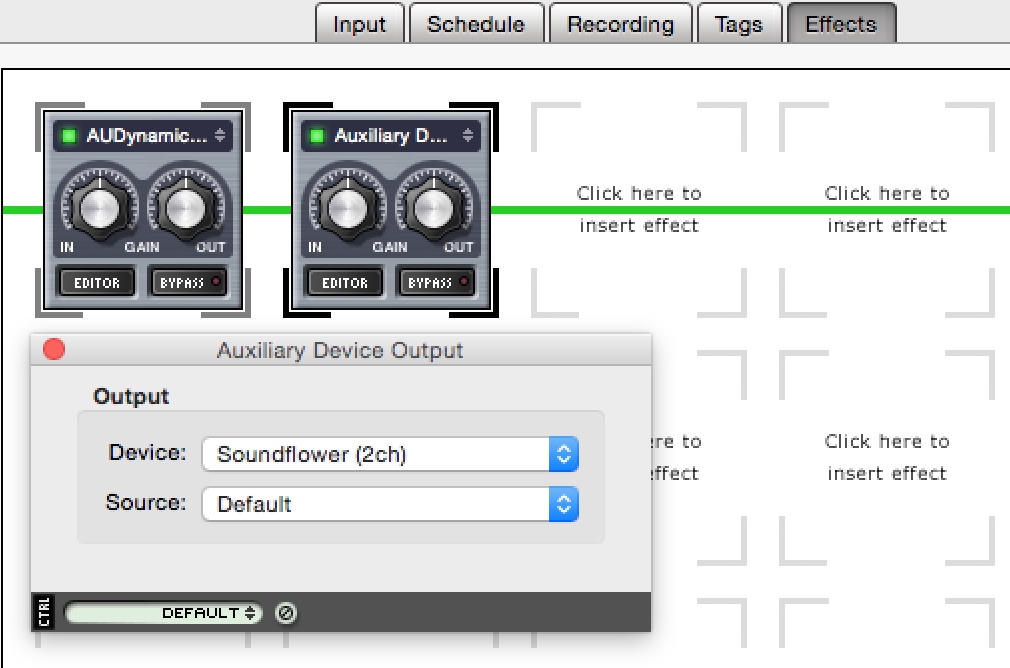


Consequently, trying to prevent the corruption, the kernel panicked. The result of such an operation on a shared buffer could lead to data corruption. As a result, an operation was attempted on the said buffer (specifically, to modify the size of the data buffer) which was forbidden by the kernel when a buffer was shared among several execution contexts. Specifically, it was assumed that the bonding driver code was the only execution context which had access to the ARP frames network buffer data. RHEA-2011:0604 - new package: virt-whatīonding, when operating in the ARP monitoring mode, made erroneous assumptions regarding the ownership of ARP frames when it received them for processing.


Red Hat Enterprise Linux Release NotesĢ.1.


 0 kommentar(er)
0 kommentar(er)
